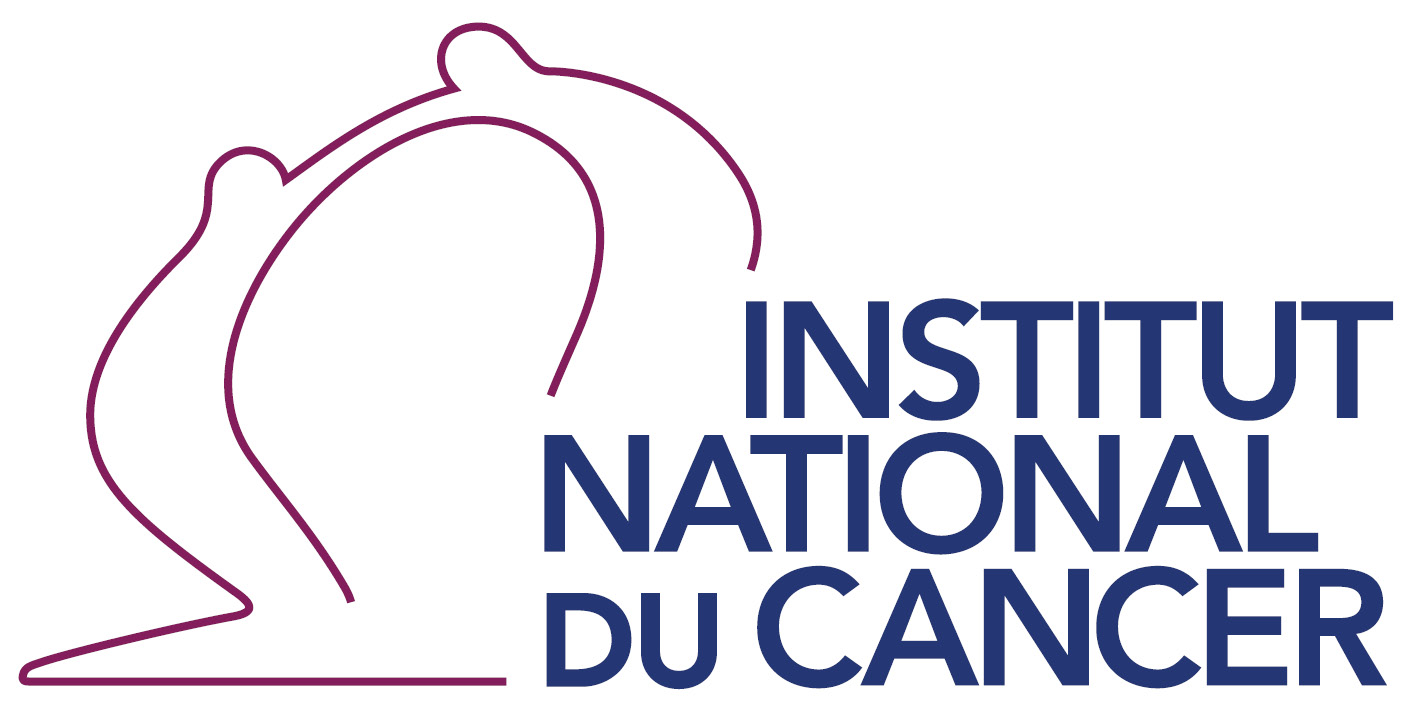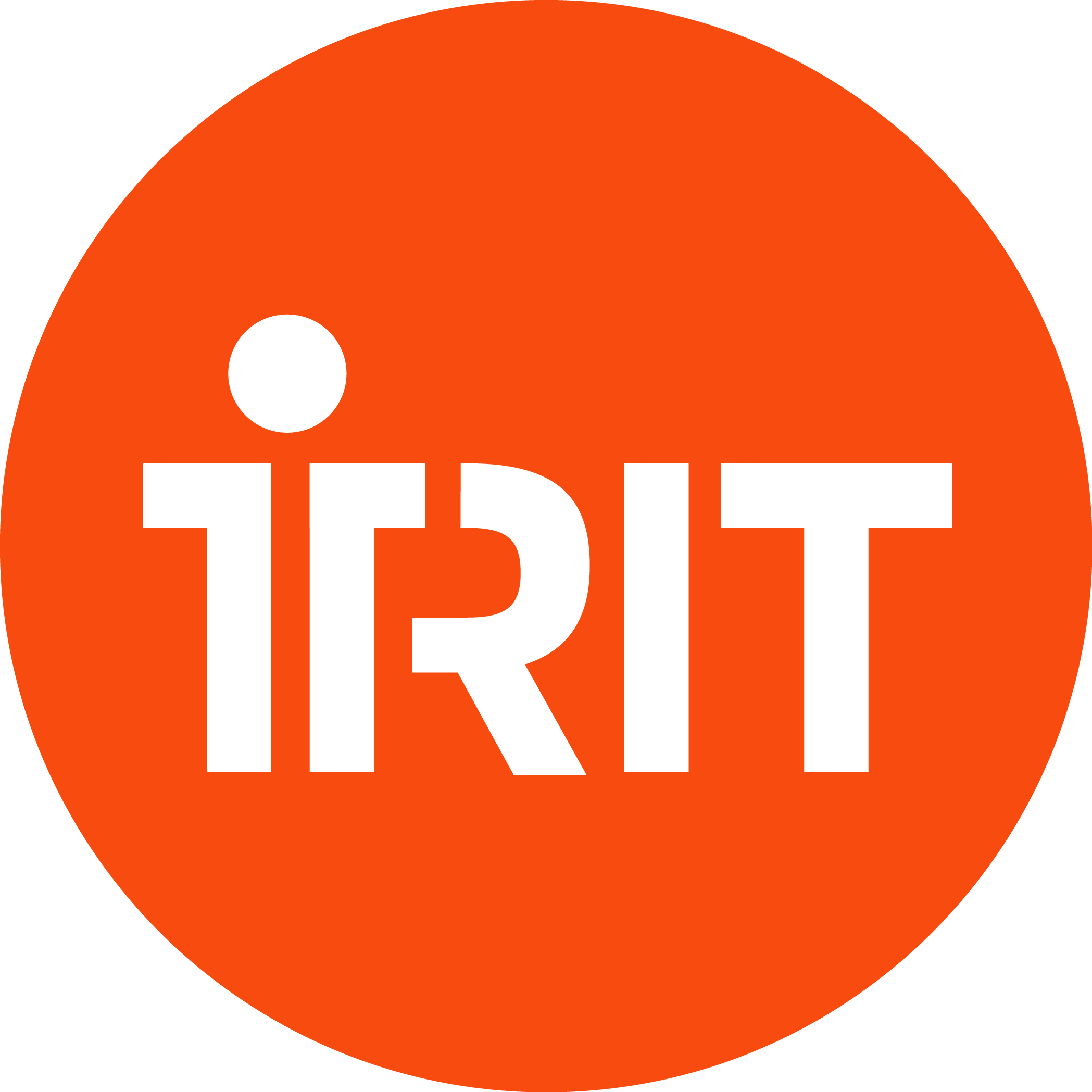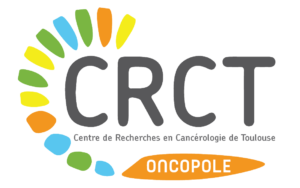INTERPEDIA : Deciphering patient’s hematologic phenotype with GATA2 mutation with new meaningful models to better understand the risk of leukemia and time to bone marrow transplantation
Blood cells are generated with tight control mainly in the bone marrow. Myelodysplastic syndromes (MDS) and acute myeloid leukemias (AML) are cancers caused by dysfunction of the bone marrow characterized by multiplication of a category of immature white blood cells, called “blasts”, by a multi-stage process. Rare familial forms of AML developed early in life (child or young adult).
In 2012, we identified a germline mutation (transmitted within families) of a gene called GATA2 in a Toulouse family (3 children and a relative) at high risk of transformation into AML, then in more than 130 patients in France. GATA2 syndrome is characterized by progression to MDS and AML in pediatric and young adulthood (80% by 40 years of age) after the acquisition of secondary mutations. Currently the only curative treatment remains bone marrow transplant.
GATA2 is an essential factor in the functioning of bone marrow stem cells (HSCs) which are at the apex of the production of blood cells. We generated in the laboratory a mouse model expressing the same mutation than the Toulouse’s family and showed that their HSCs had a quantitative and qualitative defect that could explain the initiation of the disease.
The hypothesis of our work is that the germline mutation of GATA2 creates a condition conducive to the development of leukemia, which arises through the effect of additional mutational events. In this context, the research project bringing together biologists and mathematicians relies on 3 objectives:
- Define the haematological profile of each patient included in the national registry in order to better understand the individual genetic and molecular characteristics
- Monitor the factors of progression to leukemia over time at the cell level using an adapted mathematical model
- Model a preclinical model in mice from the results drawn from patients, allowing us to validate our hypotheses and test therapies
Based on our clinical observations and the data from this project, we will be able to individualize the monitoring of patients according to the type of GATA2 mutation by offering appropriate clinical monitoring, a better definition of the time of allogeneic transplantation as well as appropriate genetic counseling to children and families.
This project will be done in collaboration with JM Alliot’s team (Sandrine Mouysset, MCU, IRIT), which will work on an algorithm for reading myelogram slides and on the deep learning analysis of single cell data from our patients.
In addition, we will develop dedicated mouse models within the IGAALD team.
Partenaire CRCT : Marlène Pasquet and Laetitia Largeaud
Date of start : 01/01/2022
date of end : 01/01/2025
This research programme is part of the iNCA’s call for basic and translational research.



